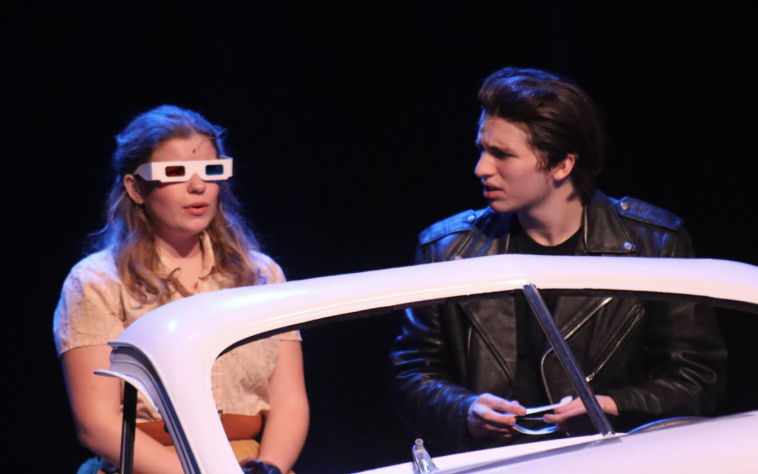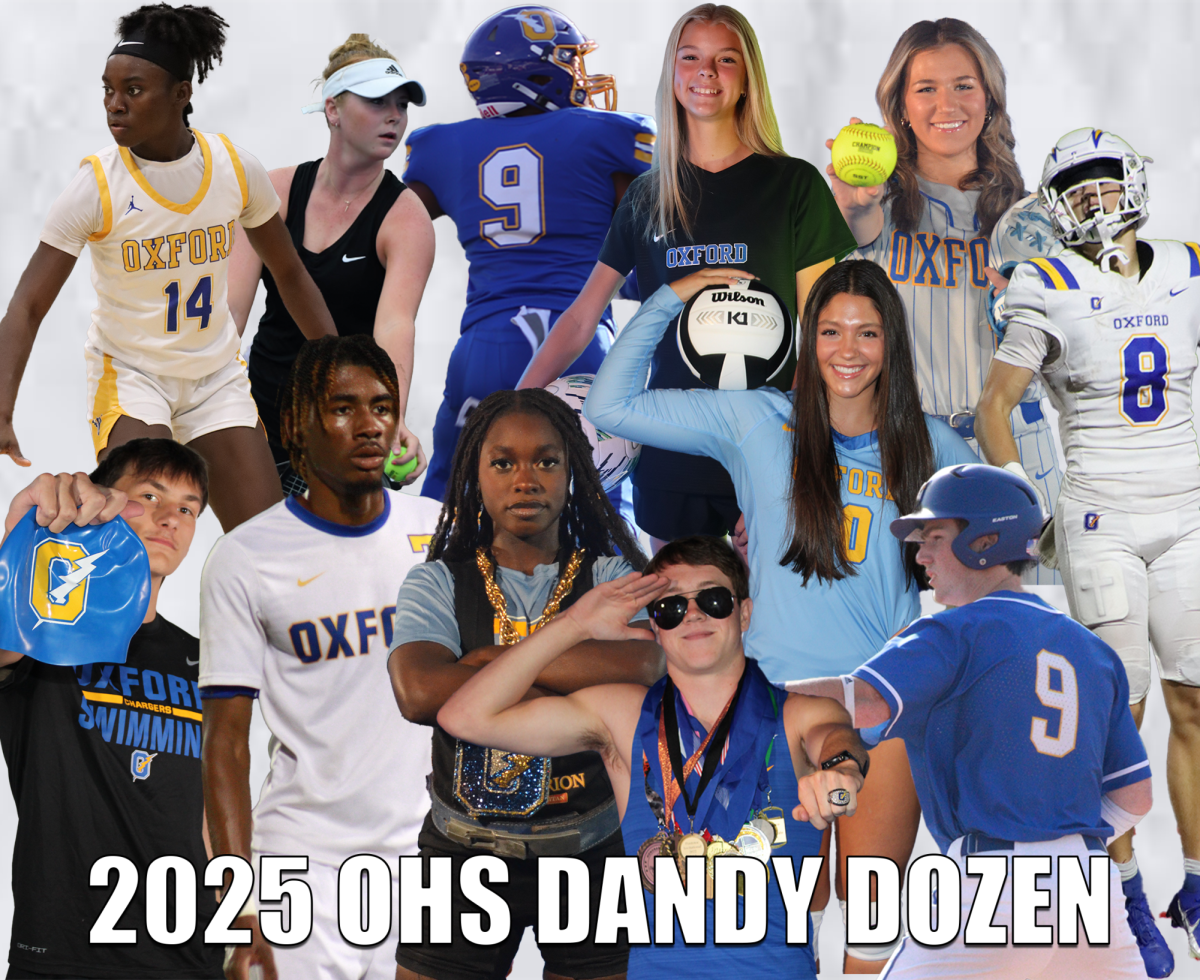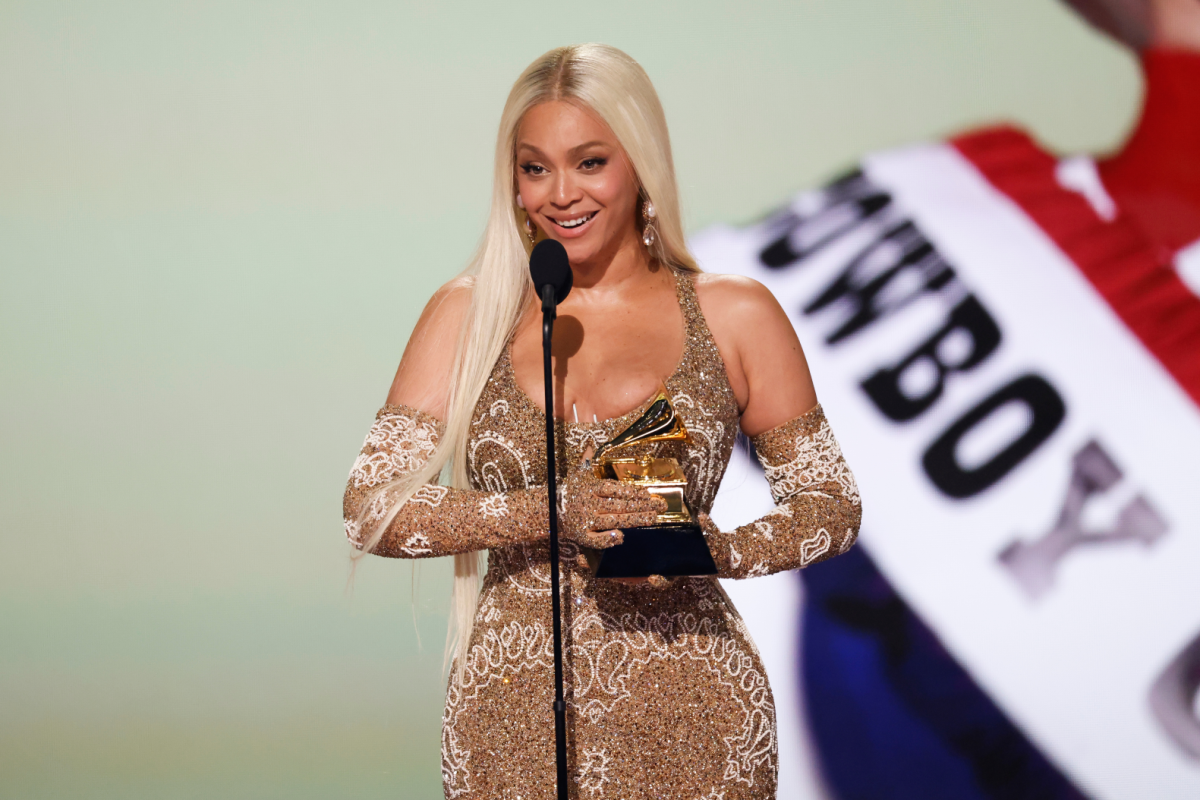Classical Disney movies such as “Snow White,” “The Jungle Book,” “The Lion King” and many others provide fond memories that people both young and old hold dear. Starting in 1996, Disney decided to make remakes of these classic movies. While this sounds like a good idea in which Disney can adapt an old classic to newer times, the majority of these remakes are failures among audiences.
One reason for these new era spin-offs could be Disney trying to double down on classic movies by making newer versions in order to gain a profit from the box office sales. They had generational success with past movies like “The Lion King,” so why not make a newer version to have the same result? The problem with this is that these old movies are special from the first watch due to the childhood memories that come with the animated versions. Adults in today’s era grew up watching the original animated movies and showed these classics to their children, so those fond memories are not going to be easily replicated with a new spin-off. Additionally, once someone has seen the original, the idea of going to watch the same plot can be deterrent for some.
When working with CGI, creating the same animated emotion that was incorporated into the original movies can be difficult. After watching Disney’s live action “The Lion King” (2019), viewers criticized the emotionless personas of the characters. With the usage of CGI in the live action film, the animals are made to look more realistic and less cartoon-like. Depicting emotion from a live action character is much more difficult than doing so with an animated character. The lack of emotion took an element away from the movie, which was noticed by viewers.
Furthermore, the difference in themes and messages between the newer and older versions can cause confusion and tend to stray away from the original. For example, in “Mulan” (2020), the story is centered around Mulan finding her inner chi, helping her take an advantage in battle. In the original, Mulan focuses on self-development throughout her journey to battle, both mentally and physically. No longer having the self-development theme takes a piece out of the movie. When children watch the original, many are able to pick up on the lessons taught by the characters. The removal of the self-development idea takes out that theme, no longer giving children something to take in from the movie.
In addition to the plot, main characters, like Mushu the dragon, were replaced by a phoenix, and Shang was replaced by a new character named Chen Honghui. While these changes might seem small, their motives are different as well. In the original version, Shang attempts to pursue a relationship with Mulan, whereas Honghui does not. Additionally, Mushu provides advice and comic relief in the original, versus the spin-off that features a phoenix that does not speak. These changes in popular Disney characters can cause life-long fans to become upset when their favorite character is not featured in the remake.
While these spin-offs seem like complete failures to some, each new movie has its own strengths along with its weaknesses. Some may argue that these character changes are bad additions to a lifelong classic. However, having new backstories and twists can be appealing for viewers. While it may be different from the classic plot they know and love, a new idea introduced into a movie like “Mulan” allows new perspectives to be brought into play, incorporating new ideas with the plot from the original.
The increase in visual technology makes these new movies stunning to view. “The Jungle Book” (2016) won an Oscar award for its visual effects. Being able to create scenic masterpieces positively sets the new spin-offs apart from the old, animated films. The graphics of the new movies can attract audiences based on the scenery that the new movies come with.
These new spin-offs can also attract newer and younger audiences. While the old movies are classics, having a new version released in the past decade can attract younger generations. Children and adults can be attracted to these new movies, with their favorite animated film becoming a live-action, updated film that children and adults alike can enjoy.
An undeniable factor that keeps Disney in the live action business is the profit that some of these movies bring in. While there are a few movies like “Snow White” (2025) that are opening weekend flops, a few of these remakes have shown to be very profitable. “The Lion King” (2019) has grossed over $1.6 billion worldwide, greatly exceeding its budget of a projected $260 million. However, do not think all of Disney’s remakes experienced this level of success. Their most recent project, “Snow White” (2025), grossed around $43 million domestically and $87 million globally during its opening weekend. This puts “Snow White” (2025) at the second-worst opening weekend performace, only above “Mufasa: The Lion King” (2025).
While each of these spin-offs each have few positives between themselves, the negatives prevail when comparing the original films to the live action films. From a profit standpoint, one could see how Disney continues to release these remakes. However, from a viewer standpoint, these movies cannot compare to the originals. The challenge going forward will be preserving the magic of these classics through newer movies to connect with new audiences. Whether it be due to the memories associated with the originals or the magic behind them, the classic array of Disney movies will continue to prevail as long as the live action versions continue in their current direction.













